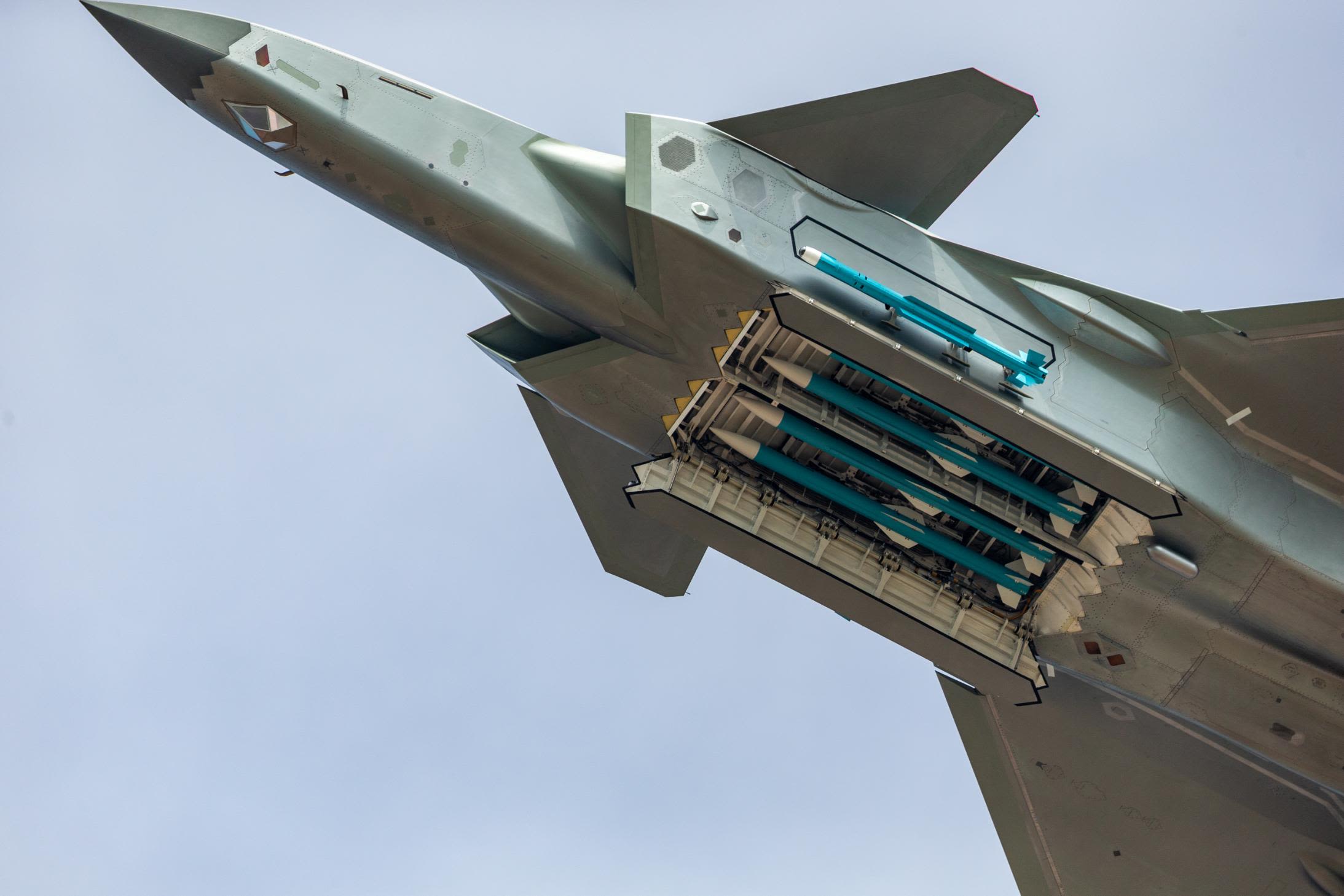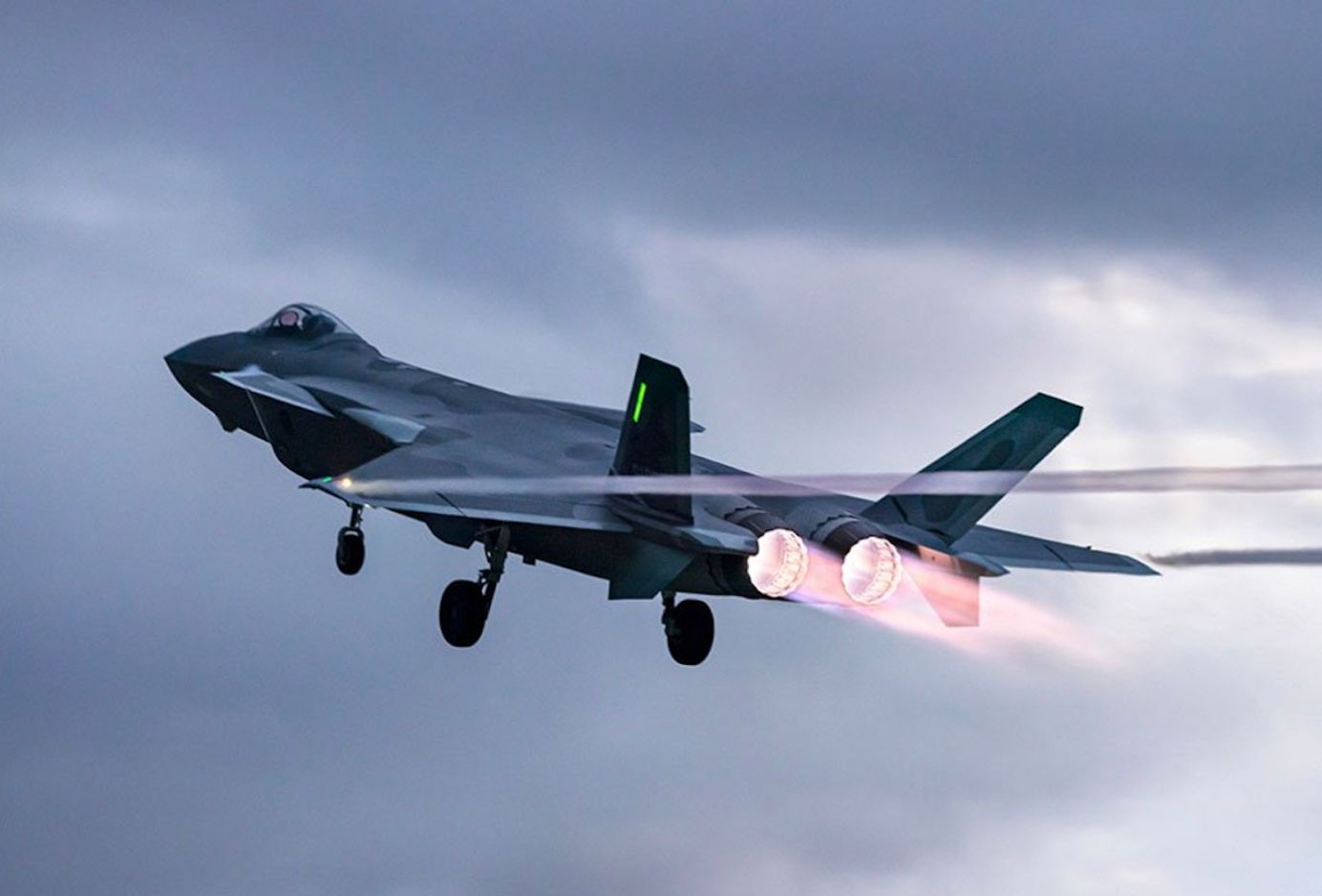In the face of a burgeoning missile stockpile of Chinese Rocket Force that has American naval assets and bases in the Indo-Pacific well within its range, the US is working towards creating a “dilemma” for the PLA Rocket Force (PLARF) by working on its stealth and camouflage technologies.
Dumping Russian MiG-21s, Croatia Is The Latest Among Seven Nations To Acquire French Rafale Fighters
The Pentagon’s 2023 annual China Military Power Report highlighted that the PLA is adding a wide array of missiles to its repertoire that can hit the continental US.
China is developing air-to-air missiles that can strike from beyond visual range, conventionally armed intercontinental missile systems, and increased numbers of nuclear warheads. China aims to develop the world’s first conventionally armed intercontinental missile and submarine-launched weapons that can be fired from the safety of its littoral waters.
The 2021 edition of the China Military Power Report talked about the PL-15 missile, a beyond-visual-range ammunition considered to be at par with the US AIM-120 AMRAAM.
However, reports have indicated that while China’s strides in military aircraft development are well-covered, its progress in air-launched weapons and air-to-air missiles is underplayed.
The biggest highlight of China’s domestic missile program is that it explores the dual-mode guidance capabilities that use both active radar and infrared homing seekers that improve target-selection capabilities and make the missiles more resistant to countermeasures.

The PL-15, from the start, was designed to be carried internally by the J-20, resulting in reduced dimensions. It also employs a dual-pulse rocket motor that boosts its range to a reported 124 miles.
The missile is now deployed with JF-17 Block III and J-10C fighter jets.
In surface-to-surface weapons, US military officials feel that if China succeeds in a conventionally armed intercontinental missile, it would mark the end of a progression for the PLA Rocket Force. It would give the PLA Rocket Force a conventional capability to strike the US for the first time and threaten targets in the continental US Hawaii and Alaska.
In an interview at Fort Wainwright in Fairbanks, Alaska, Gen. Charles A. Flynn, the commander of the USARPAC, said that the Chinese missiles were there to defeat the American air and maritime power.
Elucidating the argument that if the Rocket Force can see and acquire a target, it can kill them, Flynn said that the US Army is working on a way to avoid detection and evade threat by masking signatures and other military deception to flummox the Chinese missiles.
“I think that what we offer is a dilemma to the PRC that they previously had not factored into their A2AD (Area Access and Area Denial) arsenal, Flynn said. China has based its A2/AD concept on the ‘Sea Denial’ or ‘Bastion Strategy’ favored by the Russians, which entails the use of very long-range land, air, and sea-based precision fire and ballistic missile capabilities to hold enemy force elements at risk over much greater distances.
Former Army Chief of Staff Gen. Mark Milley said in 2019 that the camouflage technologies are critical. “Advanced camouflage technologies are critical; we are putting a fair amount of money into advanced camouflage systems, both individual, unit, vehicle, etc.” “We know that adversary acquisition systems are very, very capable in that if you can see a target with precision munitions, … you can hit a target,” Milley said. “So, camouflage systems that break up electronic signatures and break up heat signatures are critical.”
As an alternate measure, the US lawmakers introduced a new bill in 2023 that would require the secretary of defense to develop a strategy for building “Rings of Fire” in the Indo-Pacific region to shrink the missile gap with China in concert with allies.
The bill includes a list of potential locations to place missile systems in the region, the designation of a specific commander tasked with overseeing the effort, and a list of allies with which Washington could develop a strategy.
Geologically, the “ring of fire” refers to a 40,000-kilometer-long zone marked by earthquakes and volcanic eruptions extending in a horseshoe shape around the Pacific Ocean.
American Advanced Camouflage Tech
Military camouflage technology has taken leaps in the last decade or so, with vehicle cloaking and invisibility cloaks being devised. Camouflage concepts, including BAE Systems’ Adaptiv vehicle cloaking technology, Hyperstealth Biotechnology’s light-bending Quantum Stealth material technology, and the Japanese invisibility cloak developed by Dr. Susumu Tachi, which uses nano-antenna technology to redirect light waves around an object, are being developed.
The US Army has been actively developing advanced camouflage technologies to enhance concealment for soldiers and military assets. The main is the Ultra-Light Camouflage Netting System (ULCANS). Developed by Fibrotex, the ULCANS is designed to conceal soldiers’ positions, vehicles, tanks, and aircraft.
The system is designed to mask these assets from state-of-the-art electro-optical sensors and radars. ULCANS provides improved performance against night vision, thermal imaging, and radar detection.
The netting is reversible, allowing for different prints suitable for varied environments. The US Army has awarded Fibrotex a 10-year contract valued at US $480 million for ULCANS production.
The other system is the Improved Ghillie System (IGS), considered to be an advancement in camouflage technology. The IGS enhances the effectiveness of snipers’ ghillie suits, allowing them to blend seamlessly into their surroundings. It provides better concealment against thermal imaging and other detection methods.
These innovations are crucial for ensuring American soldiers can hide in plain sight, even in challenging environments. By countering advanced sensors, the US military aims to maintain a tactical advantage while safeguarding its forces.
Aircraft Cloaking
Cloaking a fighter jet might seem difficult, but it is not impossible.
Chinese scientists have claimed to have developed new-generation plasma stealth technology that allows aircraft to disappear from radar.
The “closed electron beam plasma stealth device” can be switched on at a moment’s notice while protecting an aircraft from interception by radar, the South China Morning Post reported.

Plasma stealth uses ionized gas (plasma) to reduce an aircraft’s radar cross-section (RCS). By creating a layer or cloud of plasma around the vehicle, it deflects or absorbs radar waves. Methods include electrostatic or radio frequency discharges and even more complex laser discharges.
The other method to confuse radars is through radar-absorbing materials. Stealth aircraft use specialized materials and coatings that absorb or scatter radar signals. These materials minimize the aircraft’s radar signature, making it less visible to enemy radar systems. Aircraft design plays a crucial role in reducing radar reflections. Stealth aircraft have angled surfaces, smooth contours, and faceted shapes to minimize radar returns.
Coatings are applied to the aircraft’s surface to absorb or scatter radar waves. These coatings can be conductive, dielectric, or a combination of both. Cooling the outer surface of an aircraft helps minimize electromagnetic emissions, especially in the infrared spectrum. Reducing heat emissions makes the aircraft less detectable by thermal sensors.
Findings of a research project led by Tan Chang and his team from the China Aerospace Science and Technology Corporation published in the Chinese Journal of Radio Science suggest that these stealth features compromise aerodynamic efficiency.
For instance, the F-22 faces challenges in close combat scenarios, and the F-35 cannot sustain supersonic speeds—and the invisibility technology of radar-absorbent materials can have a steep cost, the SCMP said.
- Ritu Sharma has been a journalist for over a decade, writing on defense, foreign affairs, and nuclear technology.
- She can be reached at ritu.sharma (at) mail.com
- Follow EurAsian Times on Google News




